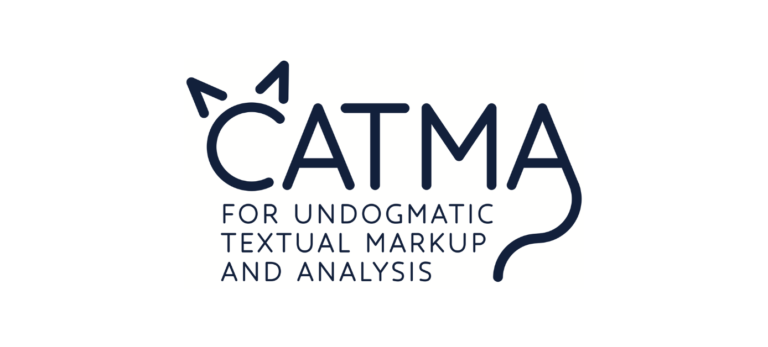
Annotieren, Analysieren, Interpretieren und Visualisieren: In CATMA können Textwissenschaftler:innen so arbeiten, wie es ihren Fragestellungen am besten entspricht: qualitativ oder
Short description of the project
The project aggregates information on digital projects and consortia that deal with non-Latin scripts in the broadest sense. The collected data is visualized and aims to provide insights into what is necessary to improve the conditions for working with NLS in the field of Digital Humanities. Additionally, the project serves as a knowledge base for researchers who want to get an overview of the state of the field. The project makes all research data, code, and workflows available in open access via GitHub. Das Projekt stellt alle Forschungsdaten, den Code und die Workflows im Open Access über GitHub zur Verfügung.
Project content
The project is BUA-funded and based at the Seminar for Semitic and Arabic Studies. It focuses on analyzing the status quo of digital Arabic studies in the German-speaking world, but increasingly also on non-Latin scripts in general and beyond the DACH region. The target audience is researchers in the DH field before and during the project phase and individuals working on the strategic development of the scientific enterprise. The project is led by Theodor Beers and Prof. Beatrice Gründler (FU Berlin) as project leader. The project is financially supported by the BUA in the area of "Advancing Research Quality and Value". Currently, the project is in its second funding phase until 06/2026.
ctg@geschkult.fu-berlin.de
Add your DH research project to the project showcase by submitting a short project description via the web form. Enter project data, a brief description, a graphic or visualization as well as a detailed description of the project content with technical assignment, addressees, added value, project managers, funding information and duration.

Annotieren, Analysieren, Interpretieren und Visualisieren: In CATMA können Textwissenschaftler:innen so arbeiten, wie es ihren Fragestellungen am besten entspricht: qualitativ oder

Die drei von Text+ adressierten Datendomänen Sammlungen, lexikalische Ressourcen und Editionen gehören zu den klassischen Feldern geisteswissenschaftlicher Forschung. Das Plus-Zeichen
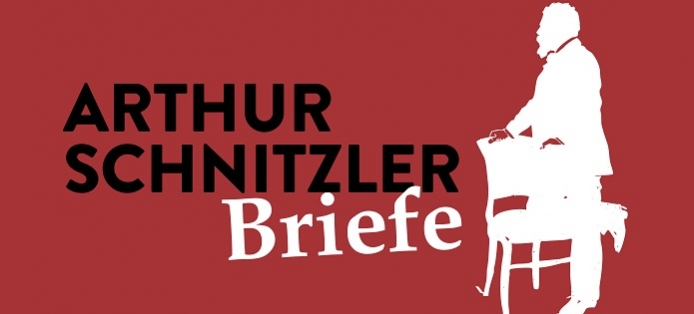
Arthur Schnitzler gehört zu den bedeutendsten österreichischen Autoren und war ein produktiver und gut vernetzter Briefschreiber. Seine Korrespondenz wurde jedoch
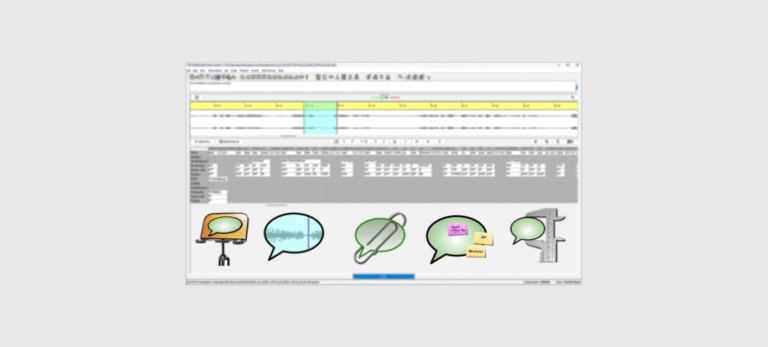
EXMARaLDA wurde ursprünglich (2000-2011) am SFB Mehrsprachigkeit der Universität Hamburg entwickelt. Die Entwicklung von FOLKER und OrthoNormal wurde über das
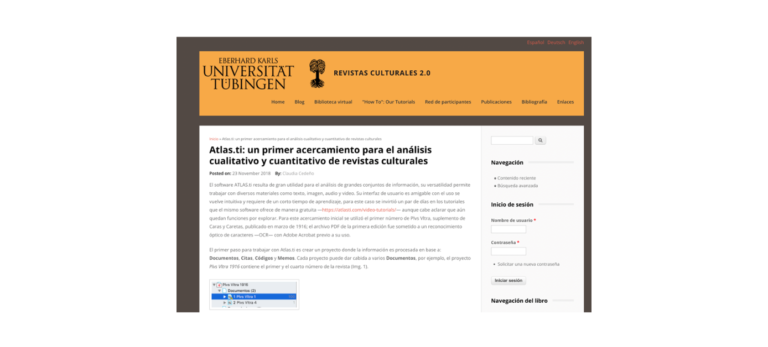
Das Portal Revistas culturales 2.0 dient als virtuelle Forschungsumgebung für alle Interessenten, die sich mit historischen Zeitschriften aus dem spanischsprachigen
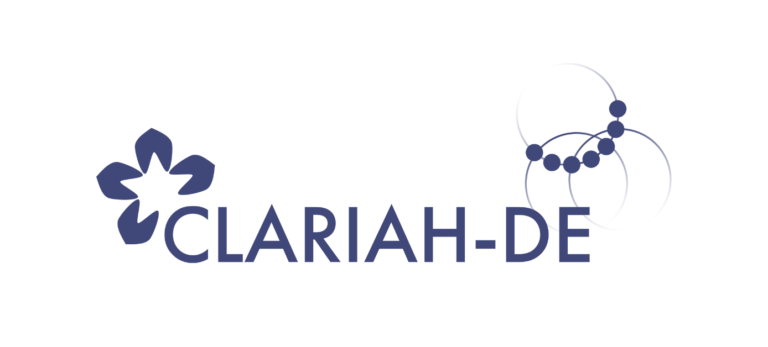
CLARIAH-DE ist ein Beitrag zur digitalen Forschungsinfrastruktur für die Geisteswissenschaften und benachbarte Disziplinen. Durch die Zusammenführung der Verbünde CLARIN-D und

Annotate, analyze, interpret and visualize: In CATMA, text researchers can work in the way that best suits them: qualitatively or quantitatively, bottom-up and exploratory or descriptive and taxonomy-based, individually or in a team. The web-based open source tool is free of charge and also offers the possibility of exporting your own data, for example to process it further with other tools.
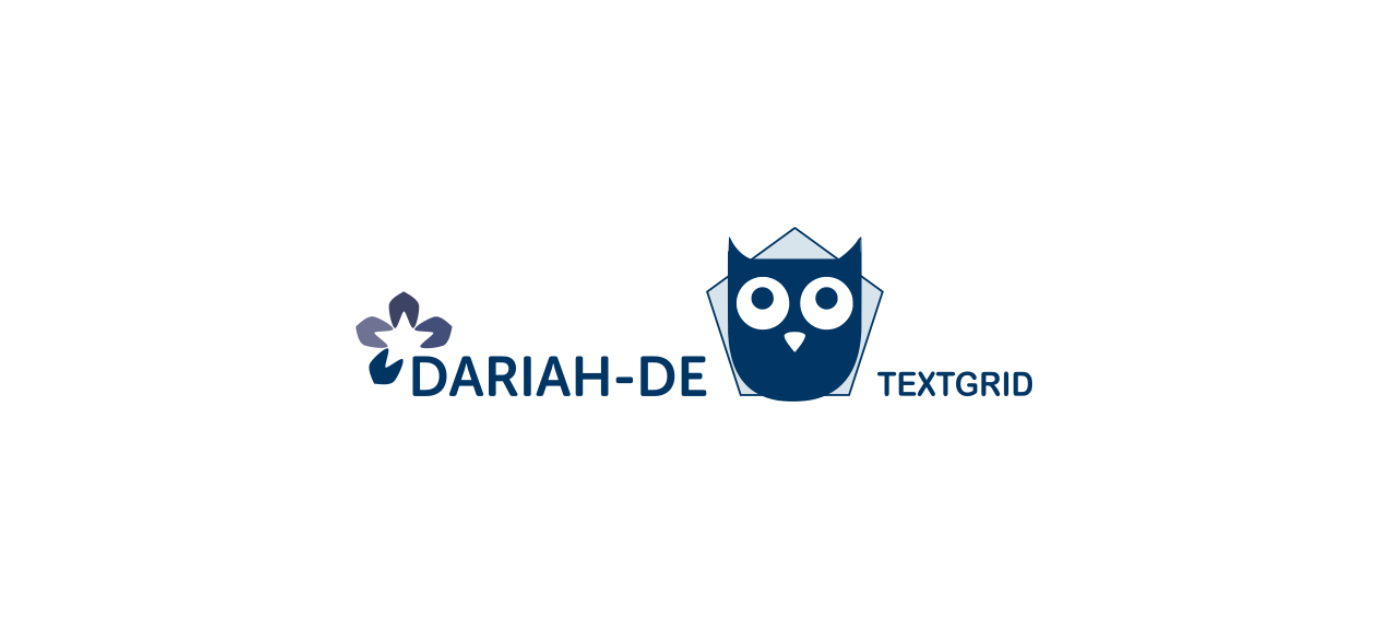
Die Virtuelle Forschungsumgebung TextGrid ist optimiert für die digitale Erschließung geisteswissenschaftlicher Quellen und deren langfristige Archivierung in einem Web-Archiv, insbesondere von TEI-codierten Ressourcen
Wir verwenden Cookies und ähnliche Funktionen zur Verarbeitung von Daten. Die Zustimmung ist freiwillig und kann jederzeit widerrufen werden.